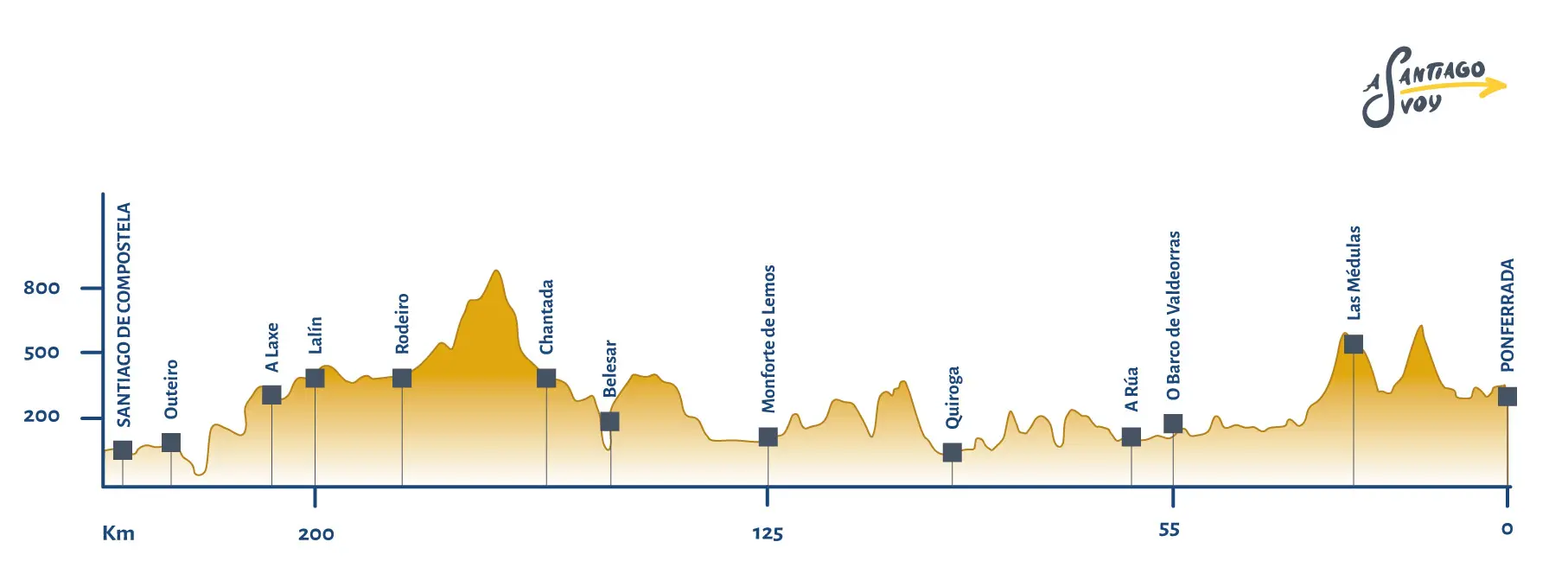
The Winter Way (or Camino de Invierno)
Those looking for an alternative to the always crowded French Way have in the Camino de Invierno (Winter Way) the perfect solution. Especially if you are considering making your pilgrimage during the winter months or would just love the idea of walking through a thousand-year-old path. You will arrive at Santiago de Compostela in 10 days.
For those others who still have doubts, here we are to explain everything you need to know about the history of this Camino de Invierno, with detailed information about each of its stages so that you know what to expect if you choose this route.
And if you want to organize your trip so everything can "walk" smoothly, do not hesitate to contact us to help you.
Image:Las Médulas



